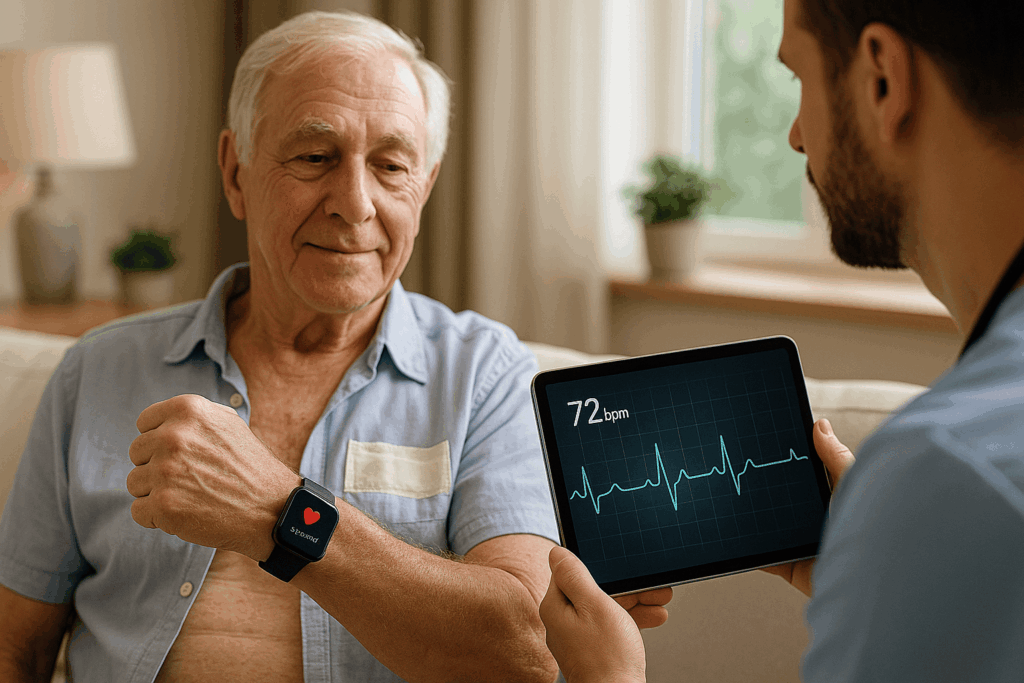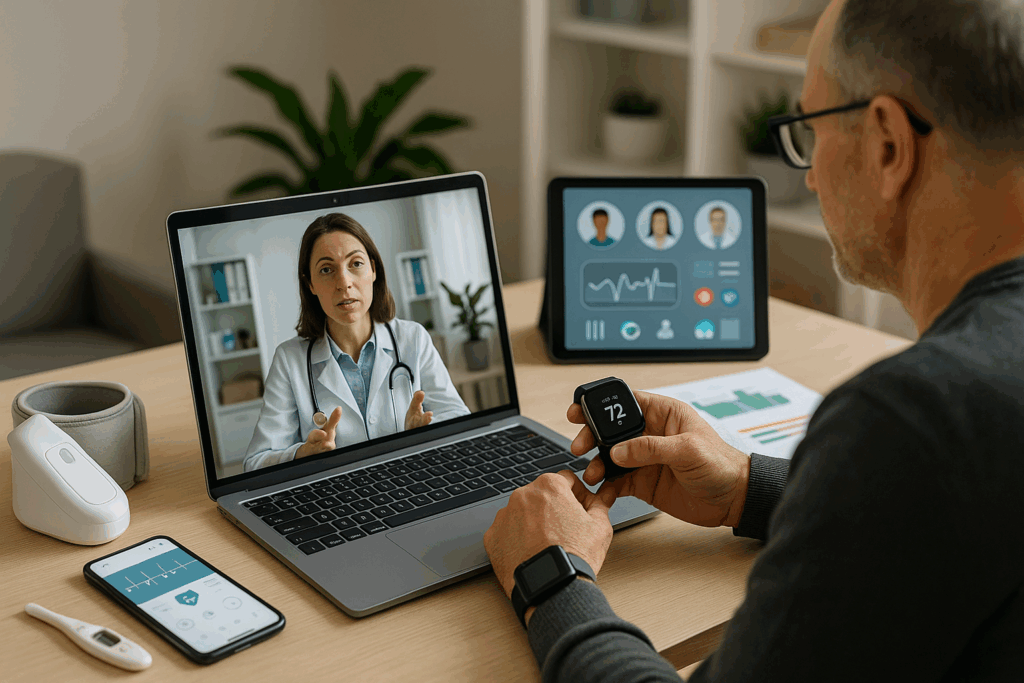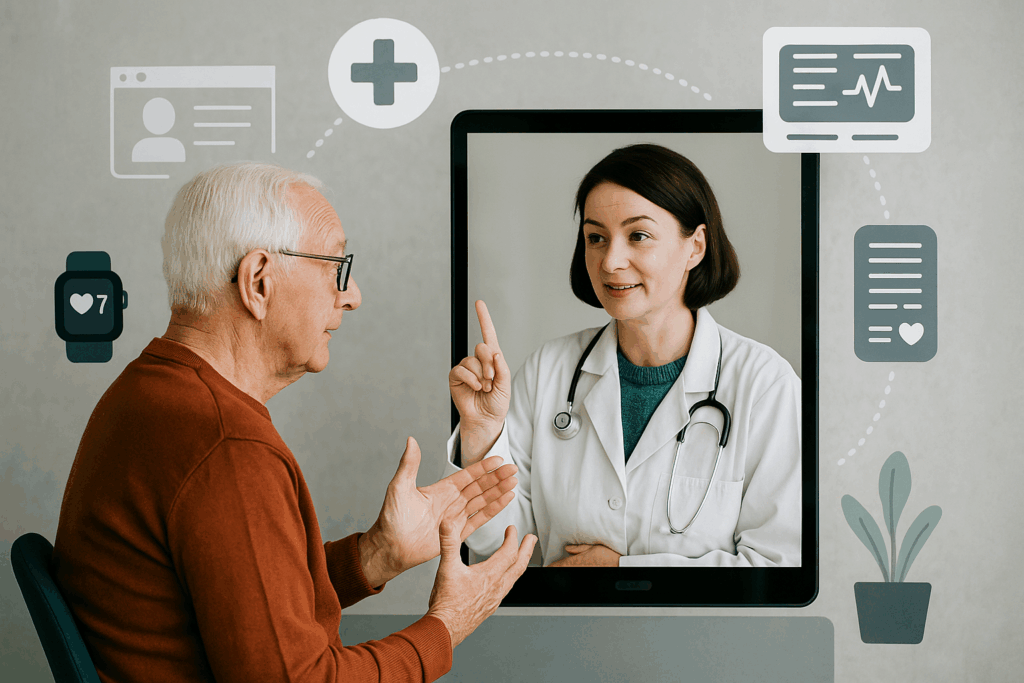Wearables and post-surgery: smart monitoring for patient recovery

Wearable devices are increasingly being used for the remote monitoring of adult patients in the post-operative phase, especially in the cardiovascular field. Thanks to integrated sensors such as accelerometers and heart rate monitors, it is possible to collect real-time data on physical activity and functional recovery, allowing for continuous evaluation of post-surgical progress. The analysis of this data enables early detection of potential issues, reduces the risk of complications, and optimizes clinical management. Integrating these technologies improves the quality of home care while reducing pressure on the healthcare system. Some limitations remain, related to data quality, the need for reliable predictive models, and full integration with digital health infrastructures. Proactive monitoring supported by wearables fits into a broader transformation toward personalized, prevention-oriented medicine.
Telemedicine: definition, how it works, benefits, and challenges

Telemedicine represents one of the most significant transformations in the modern healthcare system, offering the ability to monitor, consult, and assist patients remotely through the use of digital technologies. It operates through secure platforms that enable the real-time collection and transmission of health data, facilitating communication between patients and healthcare professionals even outside hospital settings.
Key benefits include continuity of care, a reduction in avoidable hospitalizations, improved access to services in remote areas, and greater operational efficiency within the healthcare system. However, challenges remain, such as the need for adequate digital infrastructure, technological literacy among the population, and issues related to the protection of sensitive data.
Telemedicine is increasingly establishing itself as a structural component of clinical care, but its effectiveness depends on the ability to adapt organizational and regulatory models, as well as on acceptance by both users and healthcare professionals.
How remote monitoring and digital healthcare are transforming medical care in Italy

Digital healthcare and remote monitoring are transforming medical care in Italy, making treatment pathways more proactive, personalized, and accessible. Thanks to PNRR investments and the growing adoption of technologies such as telemedicine, wearable devices, and health data management platforms, doctors and patients can now collaborate more effectively, reducing avoidable hospitalizations and improving quality of life, especially for chronic patients. Regional initiatives and the development of national platforms like AGENAS are driving the system toward a more distributed model of territorial healthcare. Challenges remain around interoperability, training, and financial sustainability, but the benefits for the National Health Service and citizens are already clear.
